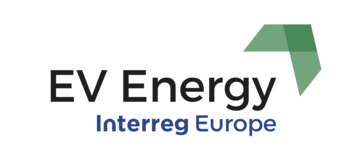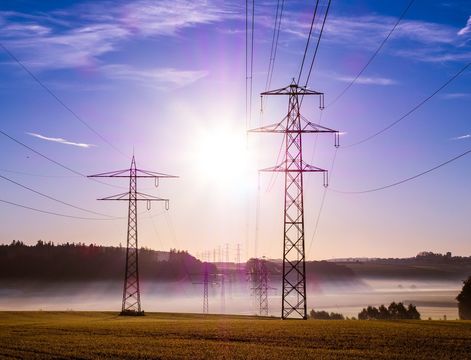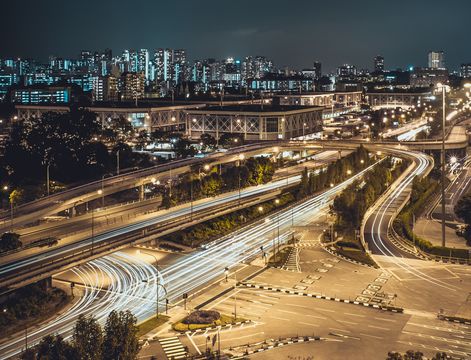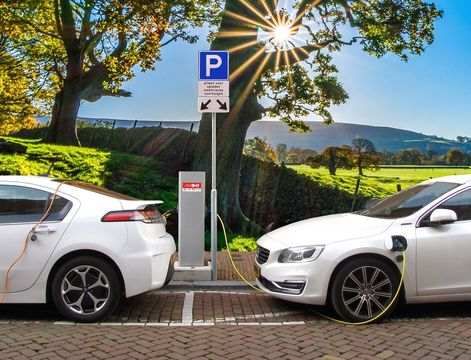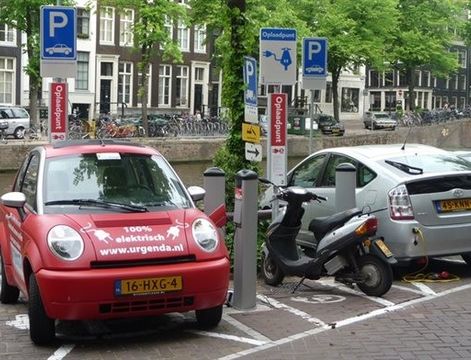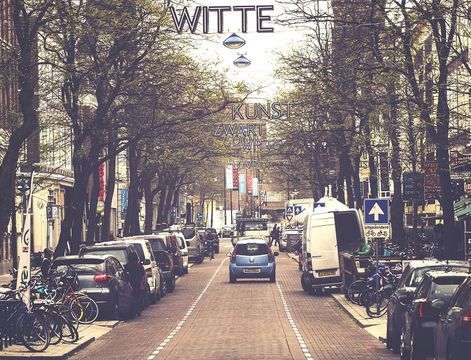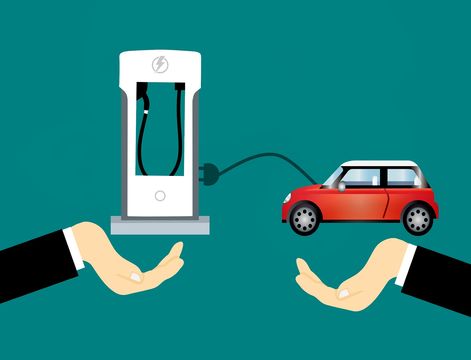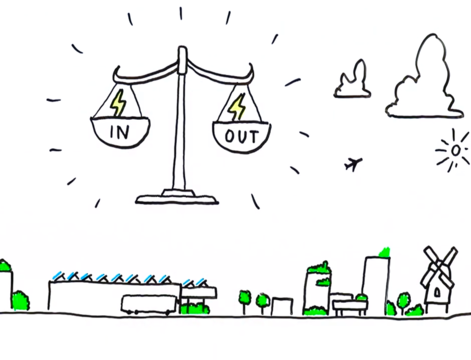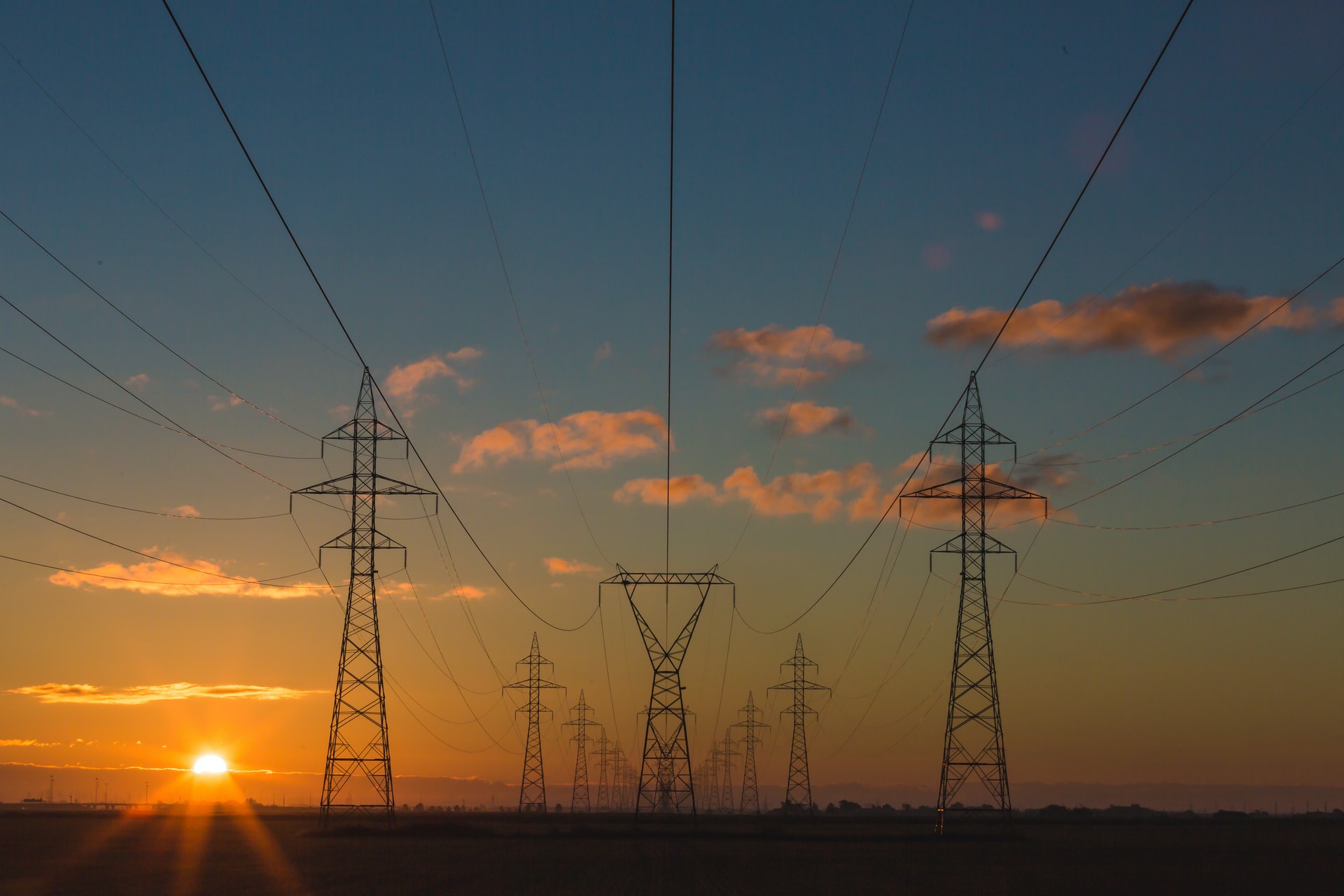At the 2nd EV Energy dissemination conference, hosted by EUR S.p.A in its facilities in Rome last 19th of October 2017, experts and key stakeholders from Greenit Amsterdam region, Flevoland Province, Stockholm County Council, Chamber of Commerce of Barcelona, Kaunas University of Technology and the Municipalities Association of Anci Lazio, same as representatives of ENEL S.p.A., GLS Italy, UMPI and the Mobility Service Agency of the City of Rome were present.
They all agreed that many cities and regions are setting tougher environmental goals than national governments to limit air pollution and to achieve the goals of the 2015 Paris climate agreement to curb greenhouse gas emissions.
Zero emissions areas could mean more parks, pedestrian areas or roads where only electric powered vehicles could enter to make cities more attractive places to live. On this topics, Mariarosaria Marziali in charge of communication by Anci Lazio interviewed some attendees.
Marco Ghetti from UMPI Italian private company declared that “unfortunately e-infrastructures are not ready yet in our cities but existing infrastructures and assets can be exploited and turned into a e-mobility service network for EVs, starting from public lighting. “This is what UMPI can do and for sure in the next 15 years, big part of the mobility transition will be completed”.
Donatas Černiauskas from a Lithuanian ESCO company said that his ESCO is signing agreements with city authorities to develop charging system for EVs. However, there is still a relevant criticism as the National governments do not have yet targets and goals for EVs and we don’t know yet who can manage the process of the mobility transition.
More optimistic was Cristian Bardaji from the Barcelona Chamber of Commerce because a Strategic Plan 2016-2019 for the development of charging infrastructure for EVs has been implemented in Catalonia. With a budget of € 6 Million in 3 years Catalonia is implementing 100 charging stations to fast roads, 400 semi-fast charging stations and 25.000 charging points linked. Therefore, there are very good news from Catalonia. Cristian Bardaji explained that this choice of the region is due to the fact that citizens demand clean air.
Enrico Tagliaferri Manager of the Italian enterprise Share’ngo for Rome is optimistic as well about the future of the electric mobility in Italy. The plan of Share’ngo free-floating car sharing service is to introduce 2.000 new EVs in Milan and Rome. Share’ngo wants to create its own charging stations very soon, in order to quickly encounter the needs of the consumers.
Alberto Piglia, Head of e- Mobility of Global Business Line e-Solutions for Enel strongly has believed in electric mobility since 2008. Enel implemented the first charging stations in Pisa in 2009. Today it is even possible to drive from Rome to Milan, thanks to the new fast charging stations installed in the highway last September. The investment plan of Enel is to install 7.000 new fast charging stations in Italy very soon. In addition, Enel to create a digital intelligence in order to manage the “batteries with wheels” in the best way to balance the power.
Michael Erman, Regional planner at County Council Stockholm, is optimistic as well. Stockholm is one of the most ambitious cities in EU to become one of the world’s leading clean vehicle cities by 2030. To achieve this, the City is developing e-infrastructures. 500 charging points on-street will be installed by 2020. Michael declared that the first objective must remain “local transport to be strengthened” while the second one is to allow people to buy EVs instead of polluting cars. But the EVs must be less expensive! An ongoing study in Sweden is the electrification of the public fleets (buses) that implies the implementation of charging facilities in all the country. Michael concluded by saying that “Public transport and IT are very important in the context of the mobility transition”.
Remarkable is the “self-experiment” of Hugo Niesing from resourcefully.nl who is the designer, operator, subject, analyst, user and reporter of the experiment. From 2013 onward Hugo Niesing has successfully experimented a smart energy management in his house, producing and consuming energy, together with energy storage in an EV. He installed a 30m2 of solar panels, attaching an EV with available battery capacity of 10Kwh. Prior to the V2H installation and only with the aid of solar panels, 26% of the energy instantly consumed by the household came directly from this renewable energy source. But with the addition of the EV in the energy system, this self-sufficiency increased to 60%. This experiment paves the way for large scale adoption of renewable energies in urban environments. It is in fact in progress in a neighborhood of Amsterdam: the EVs act as energy storage.
Therefore, Hugo Niesing is completely right to be very optimistic regarding the mobility transition. It would be enough to follow his example.
